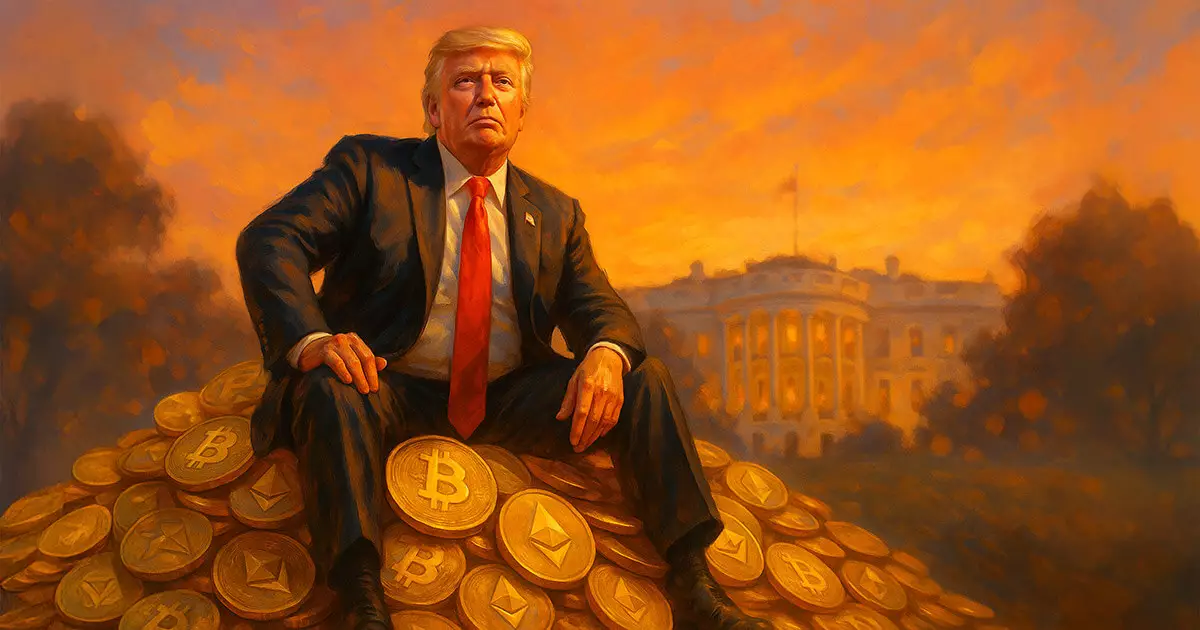Despite the polarized nature of American politics, recent data reveals a striking alignment between a significant portion of crypto investors and the Trump administration’s approach to digital financial assets. Over 70% of these investors endorse the current policy framework, signaling a noteworthy departure from typical partisan divides. This support is not merely superficial; it stems from a perception that the administration’s stance fosters a more conducive environment for growth and investment in cryptocurrencies. Such a consensus, emerging from a broad survey, underscores a pivotal shift—investors view policies not as obstacles but as catalysts for market optimism. For many, this is a validation that a pragmatic, free-market-oriented approach to crypto regulation can and should work within the boundaries of a center-right liberalism that favors innovation but demands accountability.
Policy Perception: A Vote of Confidence or a Convenient Narrative?
The survey’s findings cast light on a crucial perception: that the current policy measures are positively shaping the investment landscape. Nearly three-quarters of self-identified crypto investors believe that these policies make digital assets more attractive, which directly influences their willingness to expand holdings. Moreover, their bullish outlook is driven by more than just market volatility; it’s rooted in a sense of stability and clarity provided by the government. The fact that 82% of investors see now as an excellent entry point indicates a strategic optimism, likely reinforced by regulatory signals that favor growth over restriction. In this context, government policies are not barriers—they are enabling factors that bolster confidence, particularly among those who prefer a measured, pragmatic approach to regulation—an approach that balances necessary oversight with entrepreneurial freedom.
Strategic Liberalism: Supporting Growth Without Excessive Control
This support from crypto investors aligns with a centrist-liberal philosophy advocating for balanced governance. It recognizes the need for regulation—an essential firewall against fraud and abuse—yet resists heavy-handed government control that could stifle innovation. Such a stance appeals to investors seeking a predictable legal environment where technological progress can thrive without undue interference. The rising approval—up to 72% for overall performance—also signals a recognition that a forward-looking, market-friendly policy approach fosters economic vitality. It’s a pragmatic acknowledgment that embracing digital assets can lead to fiscal benefits, reducing government costs and strengthening the economy, while also satisfying the investor community’s desire for transparency and risk management.
The Importance of Education and Regulatory Clarity
Despite this optimism, a notable gap exists in awareness about the policy landscape; while 81% of crypto investors are informed, less than half of the broader retail market shares this knowledge. This disparity points to a critical need for targeted educational outreach, ensuring that policymakers understand the importance of transparent, accessible regulation. By demystifying complex policy measures and addressing misconceptions, authorities can harness this support to further legitimate the crypto sector, fostering sustainable growth. The current trend suggests that a measured, strategic approach—not hammering down innovation but guiding it—will appeal to a broad spectrum of investors, reinforcing the notion that thoughtful regulation does not hinder progress but accelerates it. Ultimately, the future of crypto policy in the US hinges on maintaining this delicate balance—recognizing the potential of digital assets while safeguarding the principles of freedom, responsibility, and economic growth.














